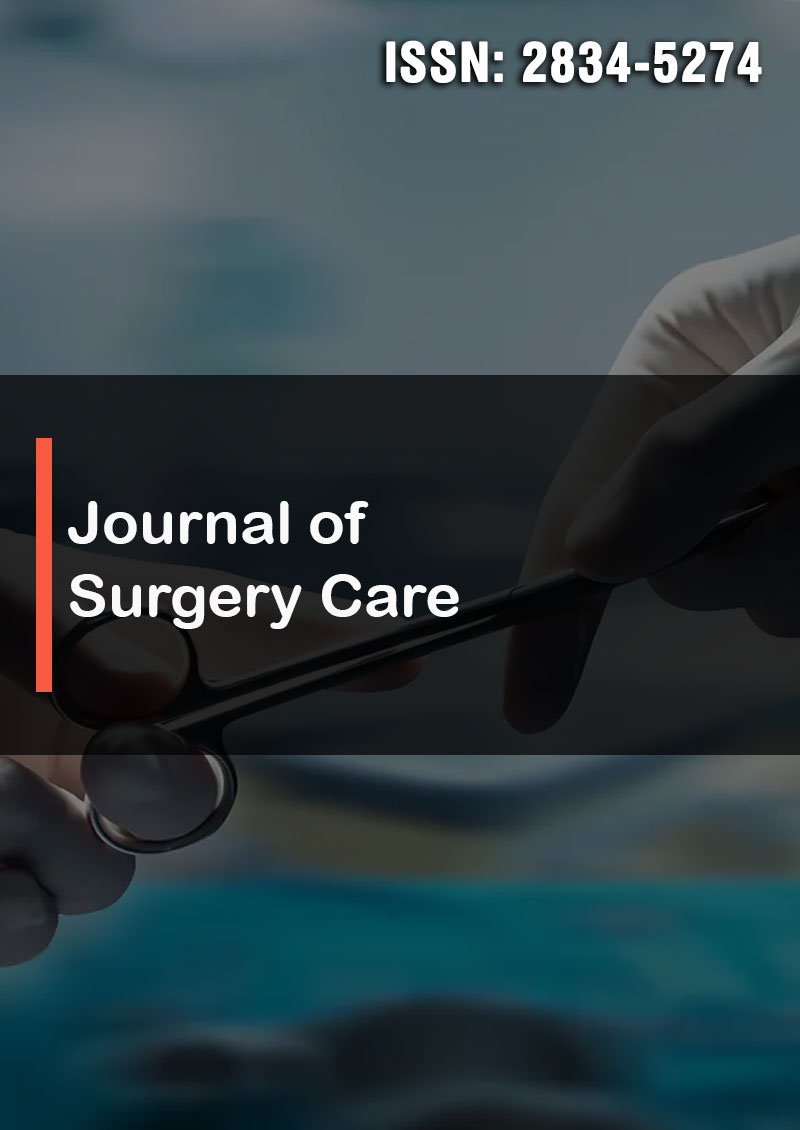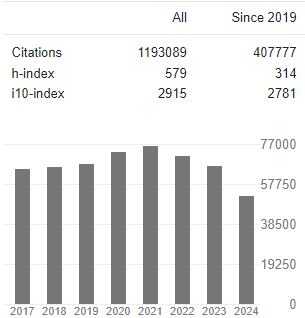The Prevalence of Multidrug-Resistant Organisms in Patients with Surgical Site Infections in Riyadh, Saudi Arabia: A Cross-sectional Study at a Tertiary Care Hospital
Abstract
Muneefah Alazmi, Tareq Alsabahi, Abdullah Algwizani, Ada Alqunaibet, Lulwah Alabdan and Mohammad Aatif Khan
Background: Multidrug-resistant (MDR) infections are a threat in patients undergoing surgery. This study was undertaken to determine the prevalence and possible predictors of MDR infections over a two-year period in patients with surgical site infection (SSI) at a tertiary care hospital in Riyadh, Saudi Arabia.
Methods: We conducted a cross-sectional study from April 2016 to April 2018 by reviewing hospital records of patients with a diagnosis of SSI based on a physician report and laboratory findings. The isolation of MDR organisms (MDRO) from SSI was the primary outcome variable as well as other risk factors.
Results: SSI was diagnosed in 55 out of 77 patients under study, with MDRO prevalence rate of 44%. Previous antibiotic use and hospitalization in the last 90 days were strongly associated with developing MDRO infection often due to ESBL producing Gram-negative bacterial pathogens. Superficial and deep incisional SSI were more frequent in patients compared to organ/space SSI. History of diabetes mellitus, duration of surgery and bacterial colonization at other body site also increased the likelihood of MDRO. Factors such as trauma, obesity, general anesthesia, and wound types were not found to increase the risk for MDRO.
Conclusions: Our study identified recent antibiotic use and hospitalization as major risk factors for MDRO surgical site infections. Other predisposing factors include diabetes mellitus, duration of surgery and bacterial colonization. MDRO isolated include E. coli and Pseudomonas aeruginosa. Bacterial pathogens harboring multiple resistant mechanisms can complicate SSI adversely affecting clinical outcomes following routine surgical procedures.





